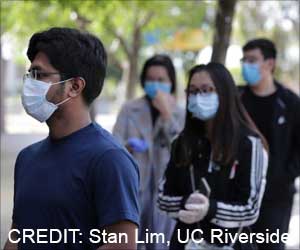Study finds that mobility data used for COVID-19 research may leave out older and non-white people.

‘Public health resources based on such information could cause disproportionate harms to high-risk elderly and minority groups’
Read More..




However, little data is available on its reliability and demographic bias. Read More..
Amanda Coston, who led the study, says, "Older age is a major risk factor for COVID-19-related mortality, and African-American, Native-American, and Latinx communities bear a disproportionately high burden of COVID-19 cases and deaths.”
She adds that allocating public health resources based on such information could cause disproportionate harms to high-risk elderly and minority groups.
For the study, researchers assessed the validity of SafeGraph data which contains information from nearly 47 million mobile devices in the US. They aimed to determine whether SafeGraph data accurately represent the broader population.
Since SafeGraph data do not contain demographics such as age and race, researchers faced a major challenge. They tackled this by using administrative data (voter registration and turnout records with information on age, gender, and race, along with voters' travel to a polling location) to supplement the demographic information necessary.
Advertisement
Findings revealed that the SafeGraph data under-represents two high-risk groups - older and minority voters. This could result in jurisdictions under-allocating essential health resources like pop-up testing sites and masks, to these vulnerable populations.
Advertisement
The authors also recommend devising ways to make mobility data more representative.
The authors point out that in the US, voters tend to be older and include more White people, so the sampling bias may have been underestimated. Additionally, since SafeGraph provides researchers with an aggregated version of the data for privacy reasons, researchers could not test for bias at the individual voter level.
Source-Medindia












